Aircraft of Fishermans Bend
At the bottom end of Lorimer Street in the shadows of the Westgate Bridge there is a series of streets that reflect one the key industries that has occupied the area since the mid 1930s.
Although now part of the City of Melbourne, these streets are named after aircraft associated with the Commonwealth Aircraft Corporation and Government Aircraft Factories on Fishermans Bend and are therefore interlocked with Port Melbourne’s industrial past.
The Commonwealth Aircraft Corporation (CAC) was established in 1936 as a private enterprise to provide Australia with the capacity to produce military aircraft. With Government encouragement, it was created with the involvement of several Australian companies including BHP and GMH.
Just before the outbreak of the war in 1939, the Commonwealth Government also set up its own aircraft factory on Fishermans Bend known as the Department of Aircraft Production (DAP) which subsequently became the Government Aircraft Factories (GAF) at the end of WWII.
The 1980s saw the start of major changes for CAC and GAF. CAC became a subsidiary of Hawker de Havilland in 1985 and was renamed Hawker de Havilland Victoria Limited the following year. GAF was renamed as Aerospace Technologies of Australia (ASTA) in 1987 and subsequently privatised in 1995 and shortly afterwards acquired by Boeing Australia. In the early 2000s, Boeing Australia also acquired Hawker de Havilland bringing the two separate Fishermans Bend aircraft factories under the Boeing umbrella.
Very little remains of CAC and GAF along Lorimer Street today although Boeing still maintain a presence as Boeing Aerostructures Australia and there is the street names that recall the aircraft associated with the area.
Avro Lincoln Road
The Avro Lincoln was a British four-engine heavy bomber. The Royal Australian Air Force (RAAF) version was manufactured at GAF.
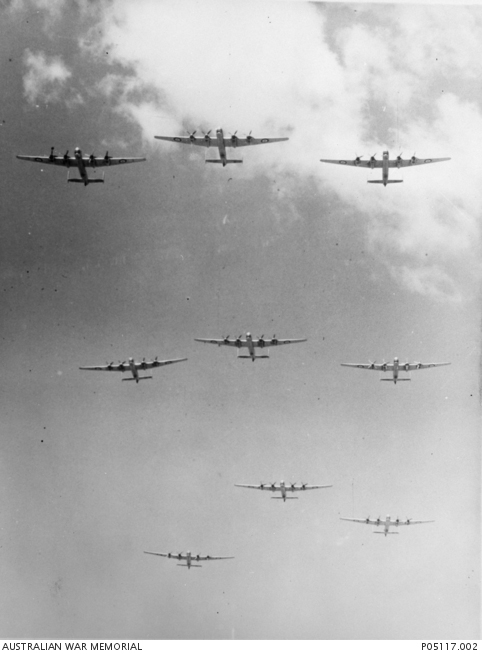
Beaufort Place
The Bristol Beaufort is a British twin-engine torpedo bomber manufactured at DAP during WWII for use by the Royal Air Force (RAF) and the RAAF.
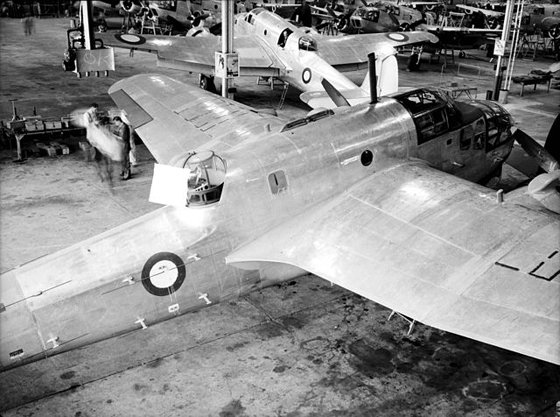
Canberra Street
The English Electric Canberra is a British jet bomber. Forty-eight were assembled at GAF for the RAAF.
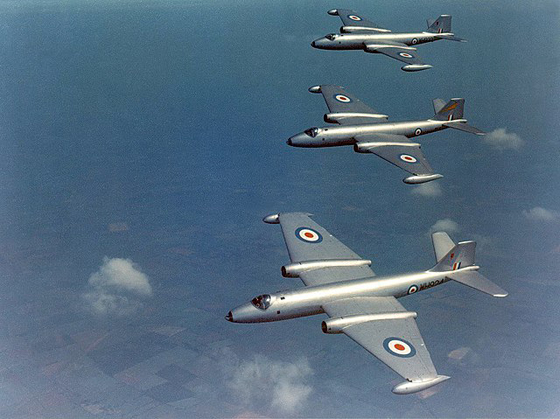
Hornet Drive
The McDonnell Douglas F/A-18 Hornet is a twin-engine, supersonic, multirole combat jet. The RAAF purchased fifty-seven F/A-18A fighters and eighteen F/A-18B two-seat trainers. The first two aircraft were manufactured in the US with the remainder assembled at GAF from McDonnell Douglas parts. The General Electric F404 engine, used in the F/A-18 Hornets assembled at GAF, was produced under licence at CAC.
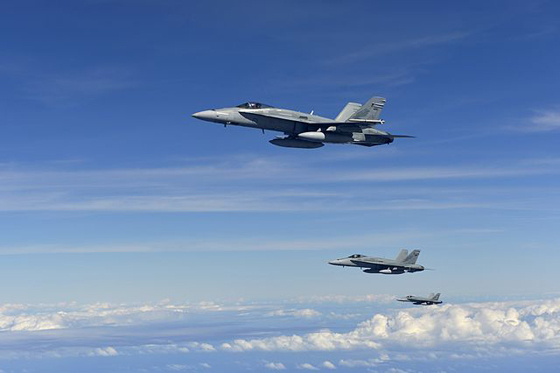
Jindivik Way
The GAF Jindivik was a radio controlled target drone produced at GAF. The Jindivik was used for missile target practice at Woomera, South Australia among other places.
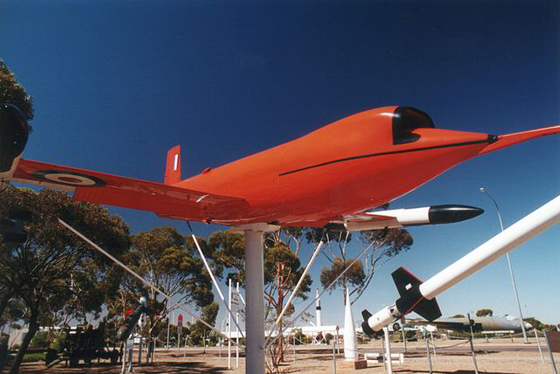
Macchi Street
The Aermacchi or Macchi MB-326 is an Italian designed military jet trainer. The RAAF ordered ninety-seven Macchi trainer aircraft. Twelve were delivered by Macchi, eighteen were assembled in Australia from kits and the remaining sixty-seven were built by CAC on Fishermans Bend and Hawker Aircraft in England. The RAAF’s aerobatic team, The Roulettes, flew Macchi MB-326H through the 1970s and ‘80s.
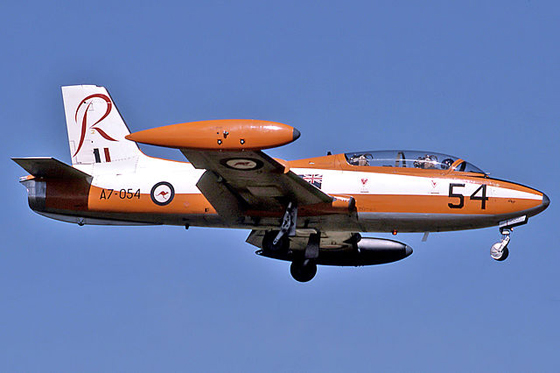
Malkara Lane
The Malkara was one of the earliest guided anti-tank missiles. It was jointly designed by Australia and the United Kingdom in the early 1950s and manufactured by GAF on Fishermans Bend and Fairey Engineering Limited in the UK.
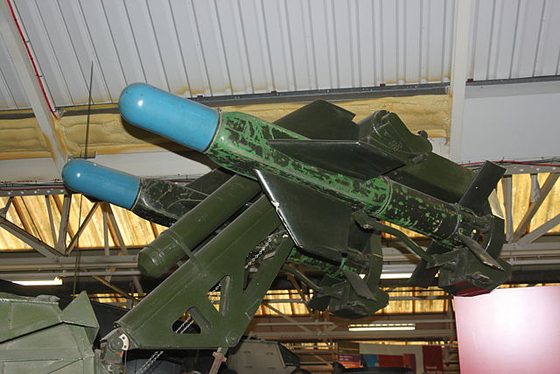
Mirage Way
The Dassault Mirage III refers to a series of single-engine, fighter aircraft developed and manufactured by French aircraft company Dassault Aviation. GAF built the Mirage IIIO under license for the RAAF using the SNECMA Atar engine produced by CAC, also under license.
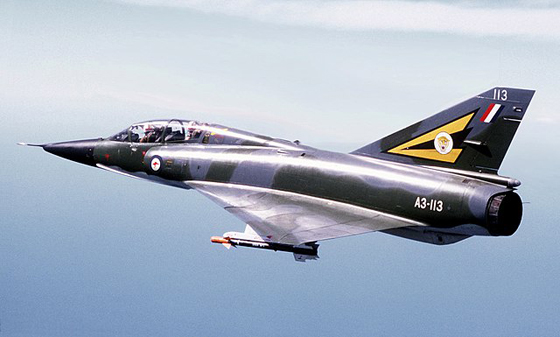
Nomad Street
The GAF Nomad is a twin turboprop utility aircraft produced by GAF. It was designed in the late 1960s and used by the RAAF in the 1970s and ‘80s. The Royal Flying Doctor Service also used GAF Nomad aircraft out of their Broken Hill base in the 1970s and ‘80s.
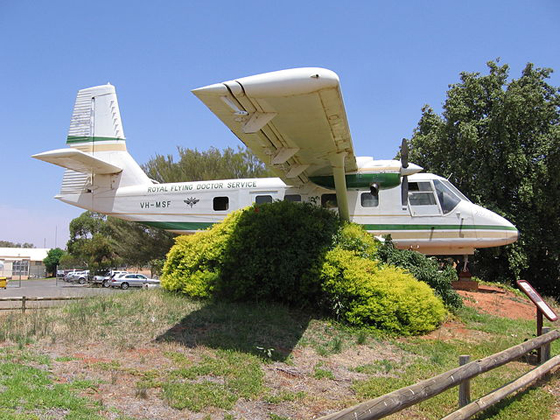
Pika Lane
The GAF Pika was a manually-controlled prototype produced as a proof of concept for the GAF Jindivik radio-controlled target drone.
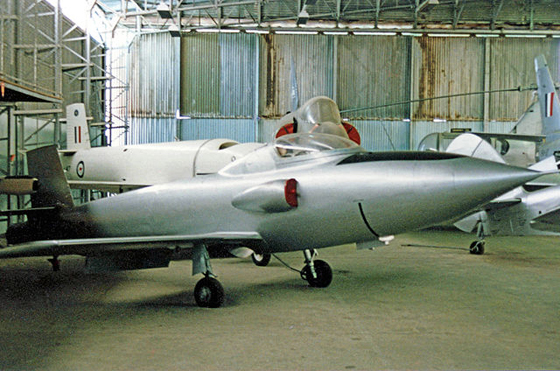
Sabre Drive
The CAC Sabre or Avon Sabre is the Australian variant of the North American Aviation F-86F Sabre fighter. It was redesigned and built by CAC equipping five RAAF in the 1950s and ‘60s.
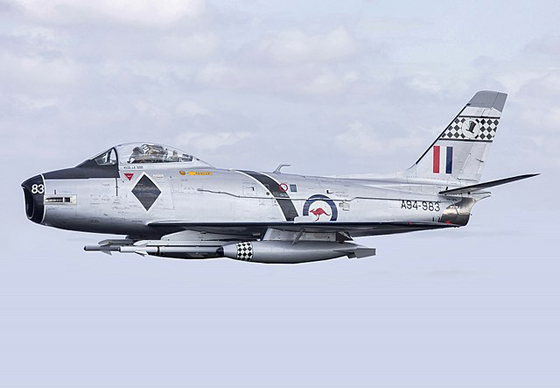
Wirraway Drive
The CAC Wirraway was a training and general purpose military aircraft manufactured by CAC between 1939 and 1946. It was an Australian variant on the North American NA16 training aircraft.
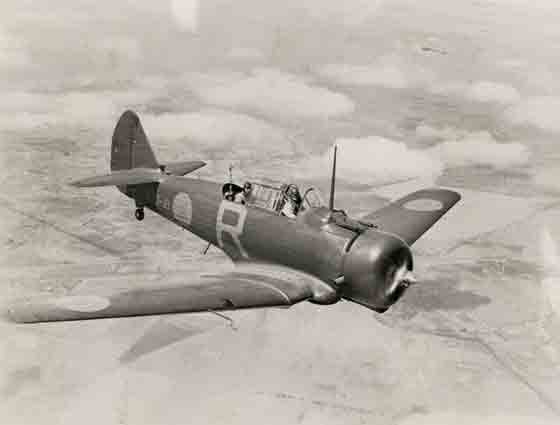

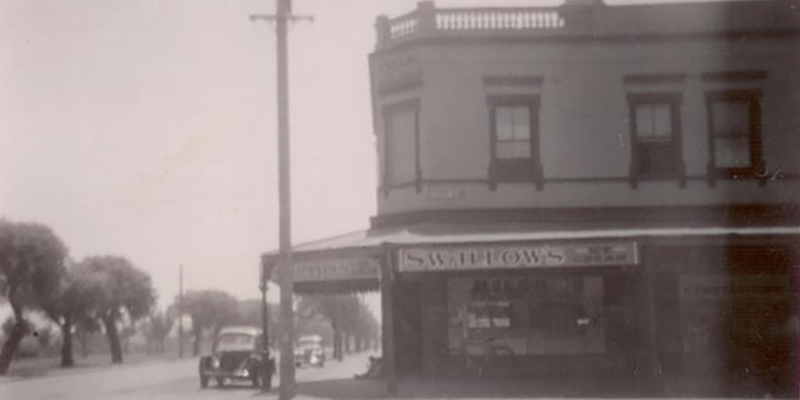
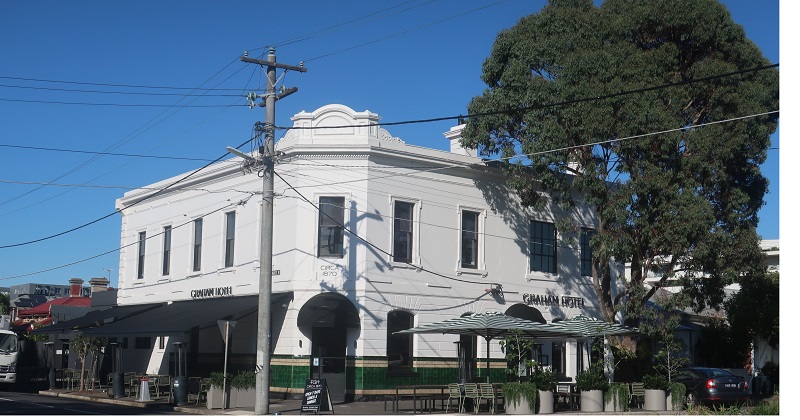
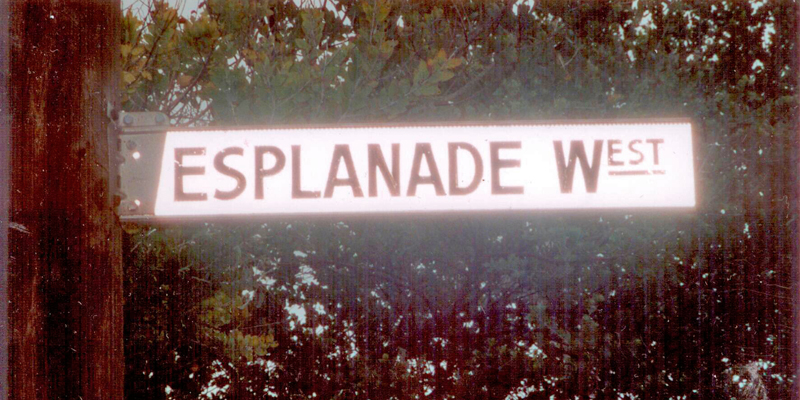
15 Comments
Bryan Wharton
As a child I would write to CAC and GAF at Lorimer St in the 1960s. They would send me information and photos of their products. Terrible that we’ve lost these industries along with most of our manufacturing in the last 20 or so years. Our leaders current and past should feel ashamed.
Andrew Dale Theckston
HI I am Andrew Theckston, my dad was Alexander Theckston, Metalurgist in Aircraft at Commonwealth Aircraft Corporation Melbourne, miss him dearly
Ron Collins
Hi Dale, Sorry to hear of your Dads passing, Working at CAC in Engineering and Accounting I would often have to seek him out for his expertise and advice. I think that you would be very proud of Alex and his discovery of Calloy and its extensive use in mining. He was well known for the gold nugget jewellery that he sold around the Company for ridiculously low prices, made from nuggets obtained from his fossicking around up country. Your Father always made time for my numerous costing enquiries. It was a pleasure to have known him.
Regards, Ron Collins.
David Jones
My Grandad – John Tait, worked at Fishermans Bend CAC factory in the 60’s and 70’s. I would love to know more about it and what he did there.
David Thompson
Thanks for visiting and leaving a comment. It is difficult for us to say what your grandfather might have done but in general terms CAC not only manufactured planes but passenger bus bodies as well. So it was a large industrial factory with a production line. Your grandfather may have worked on the factory floor or as a draughtsman in the design area or in one of the other areas such as stores. Maybe someone reading this knew him can shed some light on his work. Note there was also the Government Aircraft Factory (GAF) that was close by on Fisherman’s Bend that also manufactured planes.
William Snow
My mother worked there as a secretary during the second world war and up until 1952. My father was there from 1948 until 1950 as a draughtsman. He redesigned or designed one of the runways I believe. I did have some of the plans which my father had kept. I think my sister has them stored somewhere.
David Thompson
Thanks for the information William. We’d love to see the plans if they are still in the family.
Annie
As a teenager, 1940’s, a group of us went to Fisherman’s Bend to see a very large bomber take off. I’ve always thought it was the Lincoln Bomber. Is this correct? I would like to know if I’m correct.
It was an open day and there was a big crowd. I took amateur photos of my girlfriends and family but none of the aircraft. The plane nearly deafened us as it took off over our heads. Very exciting.
David Thompson
Thanks Annie,
The Avro Lincoln bomber was built under license at the Government Aircraft Factory on Fishermens Bend and the Australian War Memorial has a photo of one taken during a demonstration flight in 1946. https://www.awm.gov.au/collection/C41461
Ramon Grant
I remember as a child in the early 1950s looking up from our back yard in Footscray at some large aircraft which had just taken off from Fishermens Bend and were still quite low. My dad said that they were ‘Superfortresses’ and so I assumed they were used for carrying soup (!).
David Thompson
Thanks Ramon. It must have been amazing to see the variety of planes taking off from Fisherman’s Bend in those days whether they were carrying soup or not 🙂
Ken Orr
There was a book published about the GAF and if I recall correctly each of the employees were given a copy during the final years of the company’s operation.
Does anyone have any details of this book?
Stephen Shrubsall
My father and I worked there I also worked at GAF to for a while Dad started there as a fitter then went into inspection made it as chief inspector then promoted to tech officer for the f18 hornet was a fantastic place to work and the cafeteria was awesome meals cost was 1.50$ full on pub like meals close to a thousand people worked there but in the early years was up to 3000 or more
Mark Ray
My Grandfather (Jock Aiken) worked at CAC as a supervisor but I do not have any record of what years. Is there anything left of the buildings in Lorimer Street and are there any records of those who worked for CAC ?
Steve Cunliffe
My father Harry (Henry) was the gate security guard for many years, he was there on the day the Westgate collapsed. I still have the 8mm film of one of the family fun days of when I was a child. Good memories of visiting the plant and seeing the aircraft close up.